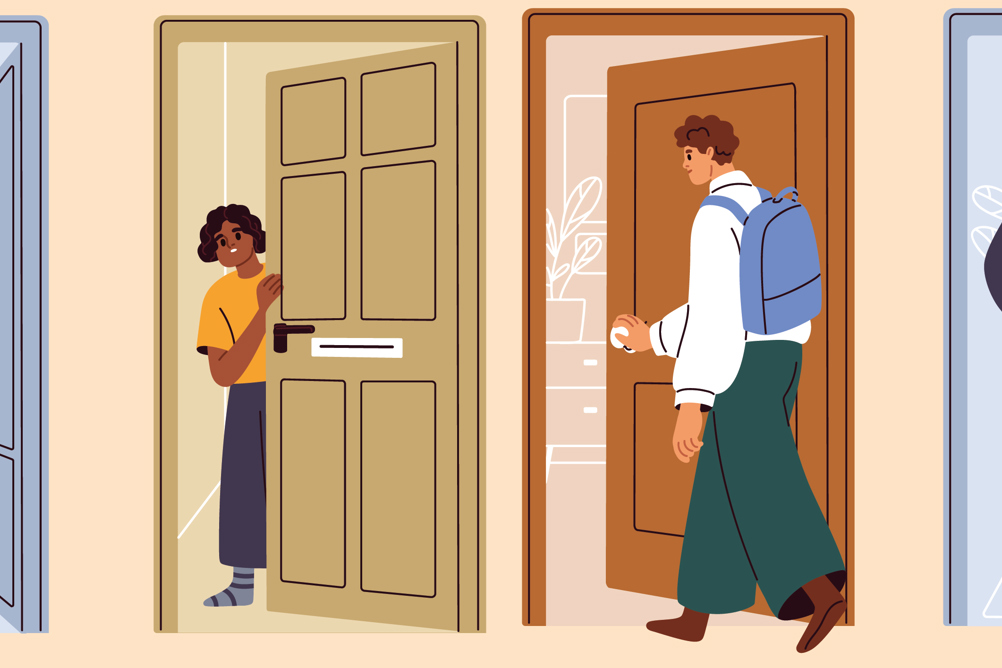
Using some music with a consistent beat, ask the students to move around the space following your ‘stop’; ‘go’; ‘clap’; ‘jump’ instructions. These can be reversed for playfulness. Then, slowly introduce other commands:
This will serve as a dynamic warm up, and a light touch on ‘physical theatre’.
Introduce the idea of physical theatre and define. Explain these two distinctions:
In small groups of four or five, give students one minute to make certain props/objects using only their bodies. You can start simply with shapes and letters, then move onto more interesting challenges such as a church, washing machines and beans on toast!
You need to build up to creating these four ‘body as prop’ images:
Register now to continue reading
Register to the Drama & Theatre website today and gain access to all the latest news and developments from the world of drama education.
By registering you will receive:
-
Free access to 4 subscriber-only articles per month
-
Unlimited access to news and opinion on our website
Already have an account? Sign in here
